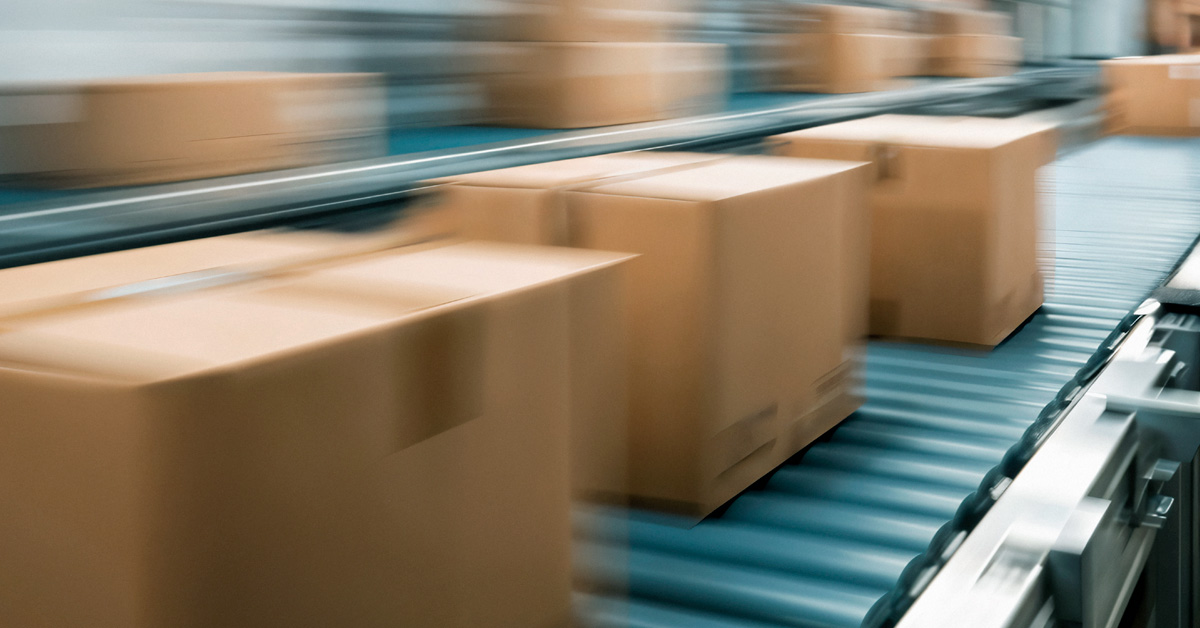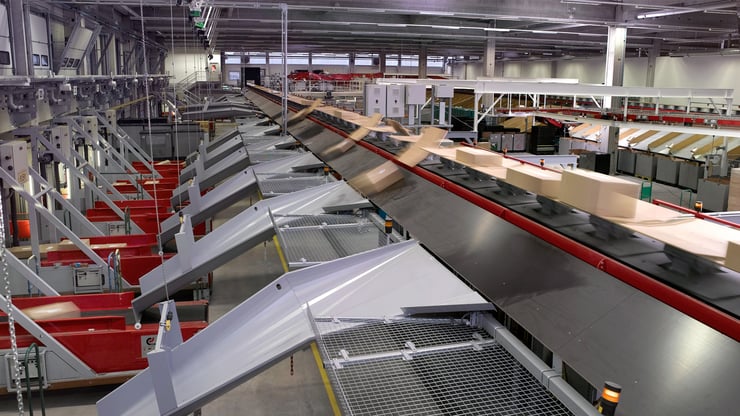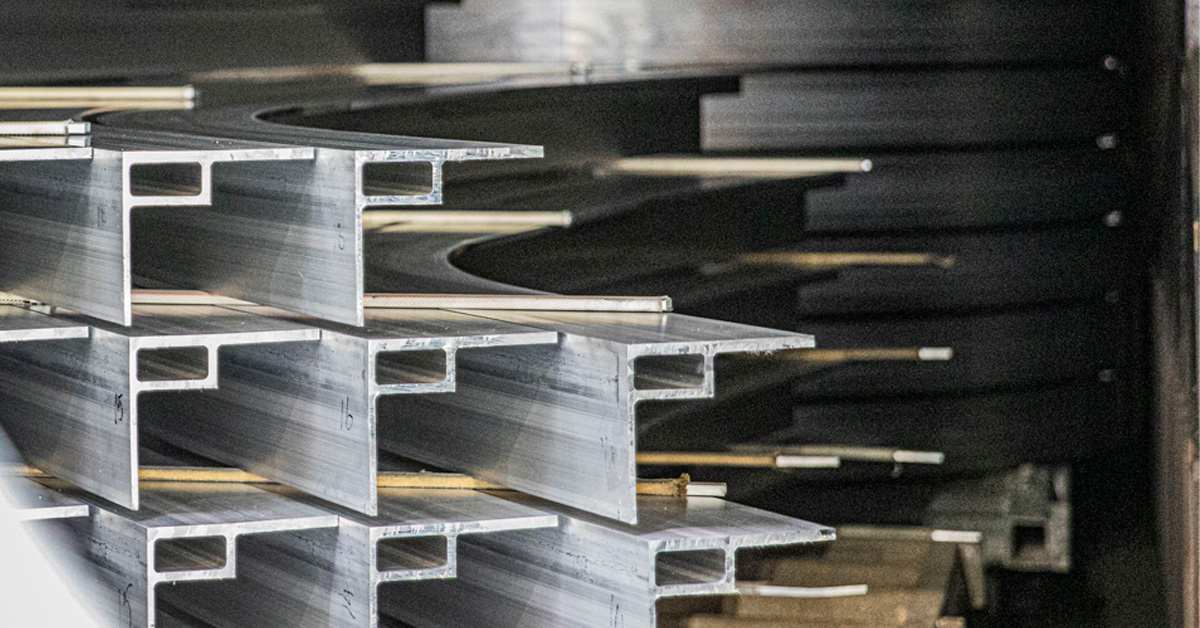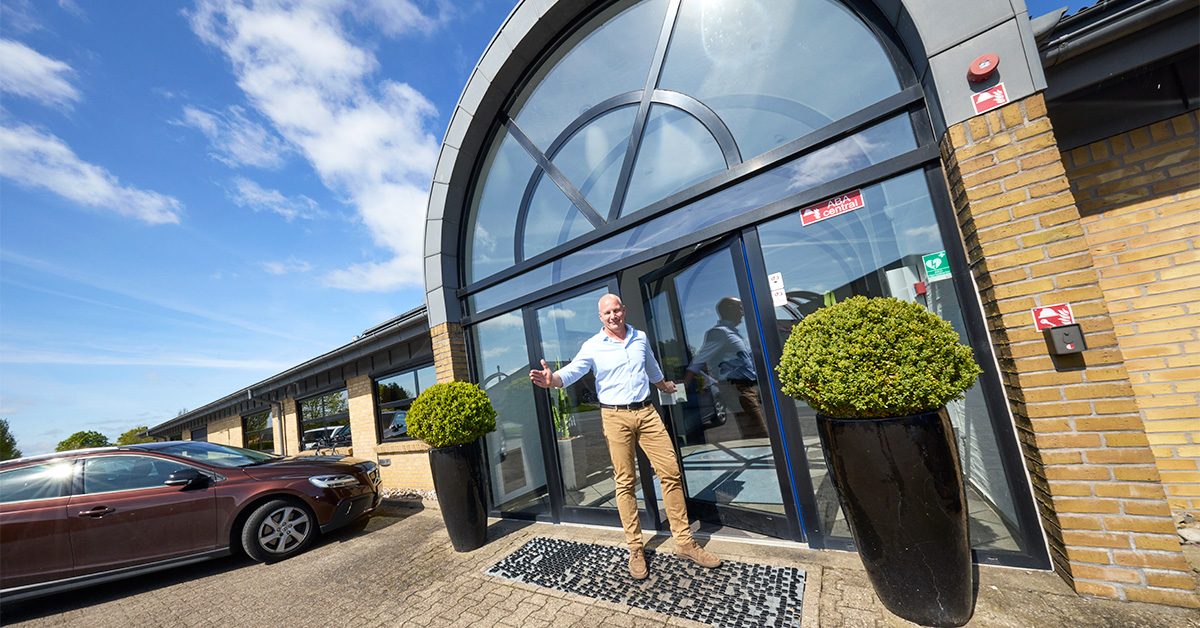8 min read
Why are we the preferred supplier for your industry?
In industries where curved metal components must perform flawlessly for decades, reliability begins long before production starts. It begins with...
2 min read
Sjølund Jul 29, 2025 11:36:24 AM

In the industrial world, flow is everything.
Whether you’re moving food products, raw materials, electronics, or heavy equipment, the efficiency of your conveyor systems plays a critical role in productivity, safety, and uptime. And while most people think about belts, motors, and controls, there’s one element that often gets overlooked, but can make or break your system.
Behind every smart conveyor layout is a series of structural and functional elements that aren’t straight at all. And bending them properly with tight tolerances, the right materials, and the right understanding is a challenge that only a few manufacturers can handle.
At Sjolund, we specialise in curved metal components. And when it comes to conveyors, we’ve seen firsthand how the right bend can improve flow, reduce costs, and create more flexible production environments.

In real-world factory layouts, very few conveyor systems run in perfectly straight lines. Space constraints, production zones, and the need to integrate with existing equipment often force engineers to design around corners, levels, and workstations.
This means curves aren’t just aesthetic, they’re functional. They allow for direction changes, vertical transitions, and ergonomic positioning. Curved supports and frames help conveyors wrap around machinery or walls, reduce the footprint of a system, and even improve operator access.
To make all this work smoothly, the underlying metal components must be precisely bent to specification, every time.
It’s easy to assume a bent tube or profile is a simple job. But in practice, poor bending leads to all kinds of issues: misalignment, mechanical stress, premature wear on belts or guides, and even assembly delays.
Proper bending takes material behaviour into account. How it stretches, compresses, and springs back after bending. At Sjolund, we go beyond the curve itself to look at how it fits into your larger system: Will it weld properly? Will the tolerances hold during assembly? Will it perform under load?
These are the kinds of questions that ensure conveyor builders get reliable, durable solutions, not surprises.

Working with Sjolund means you’re not just buying a bent part. You’re partnering with a team that can help shape your project from early concept through to delivery.
We help customers assess feasibility, define tolerances, and select the optimal approach for bending, often enhancing manufacturability while reducing costs. Our services also include:
It’s all part of our full-circle approach, and it makes a significant difference in terms of time, quality, and system performance.
Manufacturers today expect more from their conveyor systems: better flexibility, tighter layouts, less maintenance, and faster integration. Curved components may be a small part of the system, but when done right, they play a big role in delivering all of that.
At Sjolund, we’ve spent decades perfecting the art of bending. And when it comes to conveyor systems, we bend with purpose - helping you move smarter, faster, and more reliably.

Reach out to CEO, Søren Ravn, below, and let’s explore how we can help you achieve the best solution for your next project.

8 min read
In industries where curved metal components must perform flawlessly for decades, reliability begins long before production starts. It begins with...

7 min read
Sjolund has launched a new website that came with a renewed visual identity, reflecting who we are today: a growing company with a sharper profile...

8 min read
In the industrial world, flow is everything. Whether you’re moving food products, raw materials, electronics, or heavy equipment, the efficiency of...